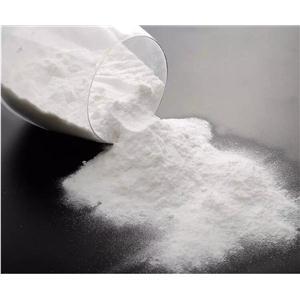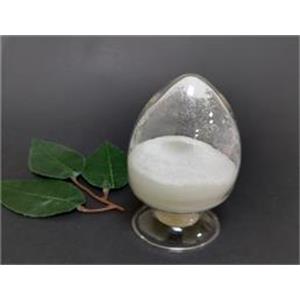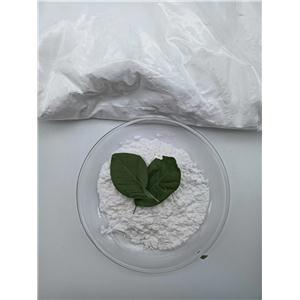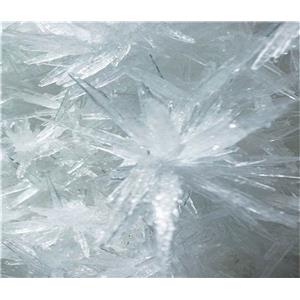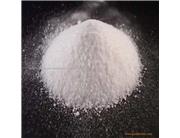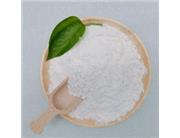A.H-NMR:Comply with the structure
B.LC-MS:Comply with the structure
C.The IR spectrum of sample should be identical with that of reference standard.
D.HPLC-ESI-MS
The retention time of the major peak in the chromatogram of the Assay preparation corresponds to that in the chromatogram of the Standard preparation, as obtained in the Assay.
≤0.5% determined on 1.0 g.
Unspecified impurities: for each impurity ≤0.10%
99.0%~101.0% (anhydrous substance).
Preserve in well-closed, light-resistant and airtight containers.
Peramivir Properties, Uses and production process of new anti-influenza drug Influenza (referred to as "influenza") is a respiratory infectious disease caused by influenza virus infection. Influenza viruses are generally divided into three types, respectively, type A (A), type B (B) and type C (C), which are easy to break out, spread and epidemic in the population. At present, the effective chemical drugs against the virus mainly include oseltamivir, zanamivir and peramivir, which has just been approved for market, and the targets of these drugs are mainly neuraminidase against the virus. Peramivir was first developed by BioCryst in the United States, and was first approved for sale in Japan in January 2010 after the introduction of Shionoyi Pharmaceutical in Japan. The drug can be used in patients with severe illness, resistance to Tamiflu, and who cannot be taken orally. On April 5, 2013, the State Food and Drug Administration approved the new anti-influenza drug Peramivir sodium chloride injection. According to the website of the China Food and Drug Administration, Peramivir is a new type of anti-influenza virus drug, and existing clinical trial data have proved that it is effective against influenza A and B. H7N9 belongs to the influenza A virus subtype. Peramivir sodium chloride injection is the first intravenously administered neuraminidase inhibitor in China, providing a new treatment option for those with severe influenza, those who cannot receive inhaled or oral neuraminidase inhibitors, and those who do not respond well to or develop resistance to other neuraminidase inhibitors.
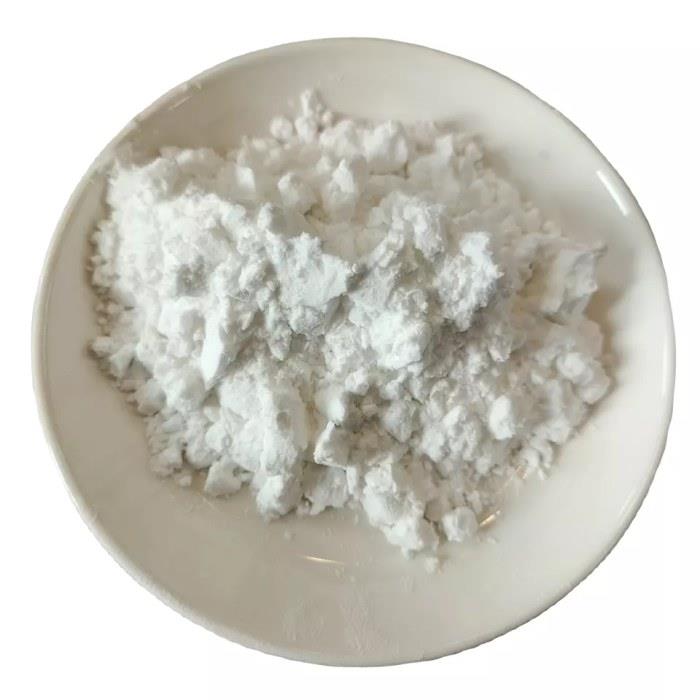

 China
China
